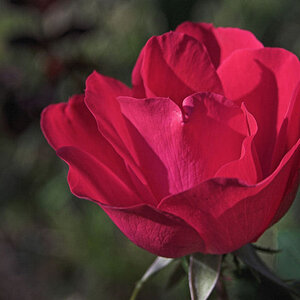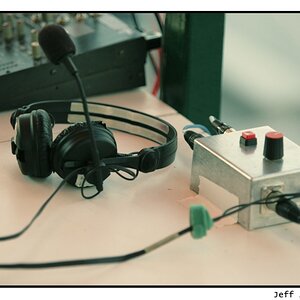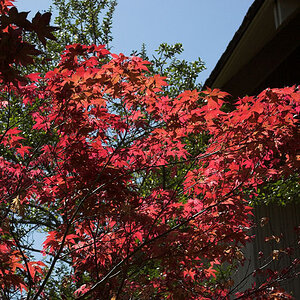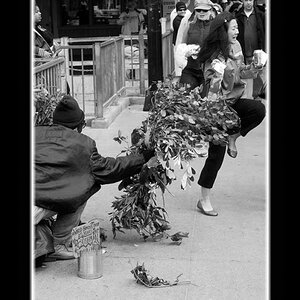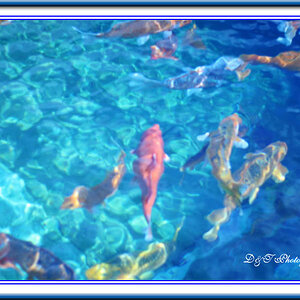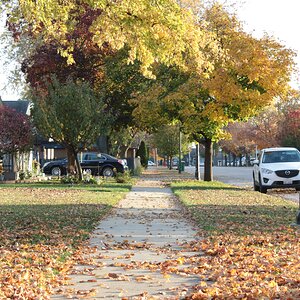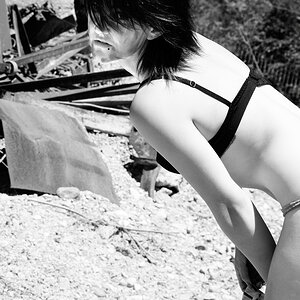echoyjeff222
No longer a newbie, moving up!
- Joined
- Jun 27, 2010
- Messages
- 643
- Reaction score
- 140
- Location
- WA
- Can others edit my Photos
- Photos OK to edit
Hi all! I am finally getting back into photography now that it's summer and school's out. I had a pretty lame question, but it's worth a shot ... is it possible at all to use a film camera neutral density filter on a digital camera? My digital camera doesn't come with any filters at all (can't even change lenses!) ...
I'm trying to do some long exposures of water in the daytime, so that was the reason. Are there any alternative ways to go about reducing the light hitting the lens (besides the usual setting changes?)
Thanks!
I'm trying to do some long exposures of water in the daytime, so that was the reason. Are there any alternative ways to go about reducing the light hitting the lens (besides the usual setting changes?)
Thanks!


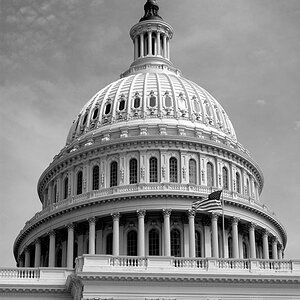
![[No title]](/data/xfmg/thumbnail/31/31011-439c1242fe08cf6b54f32bf06523a567.jpg?1619734567)
